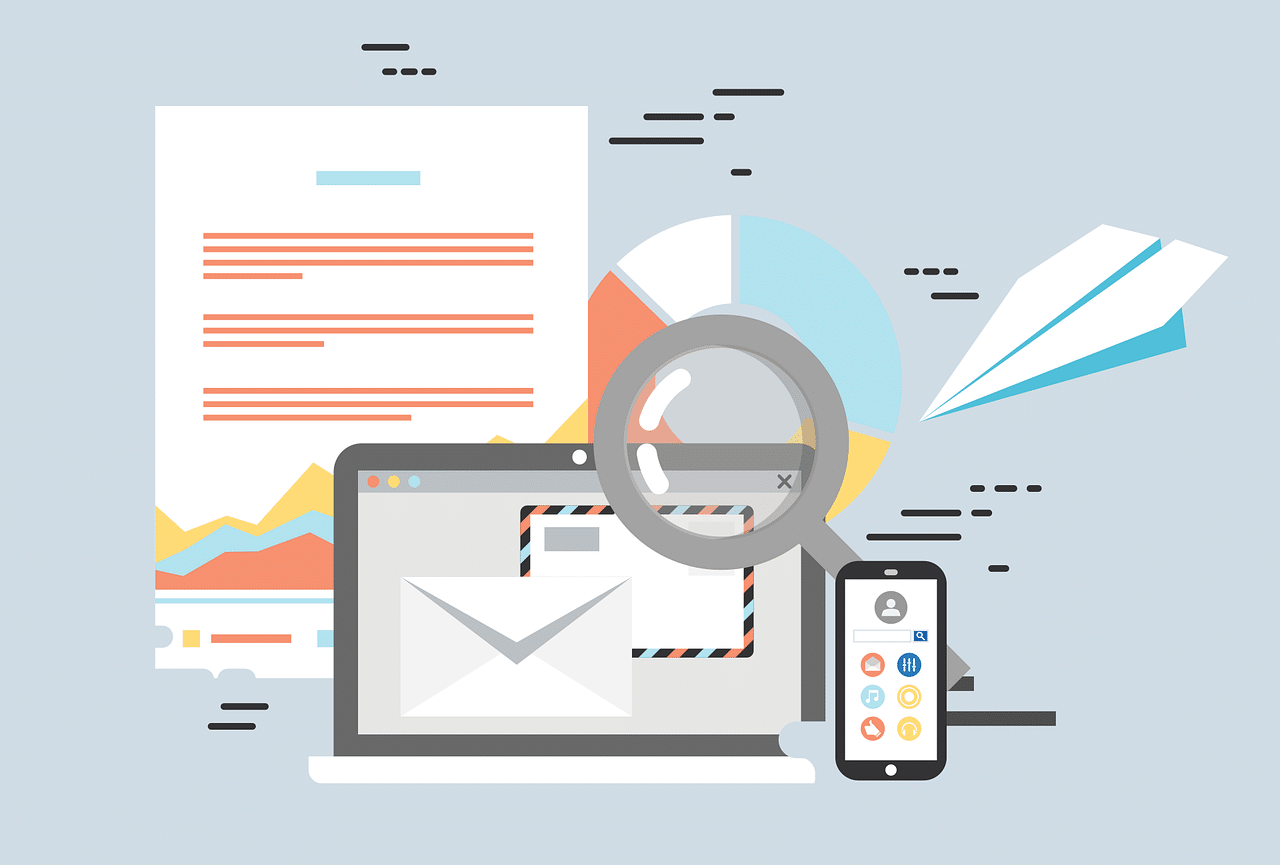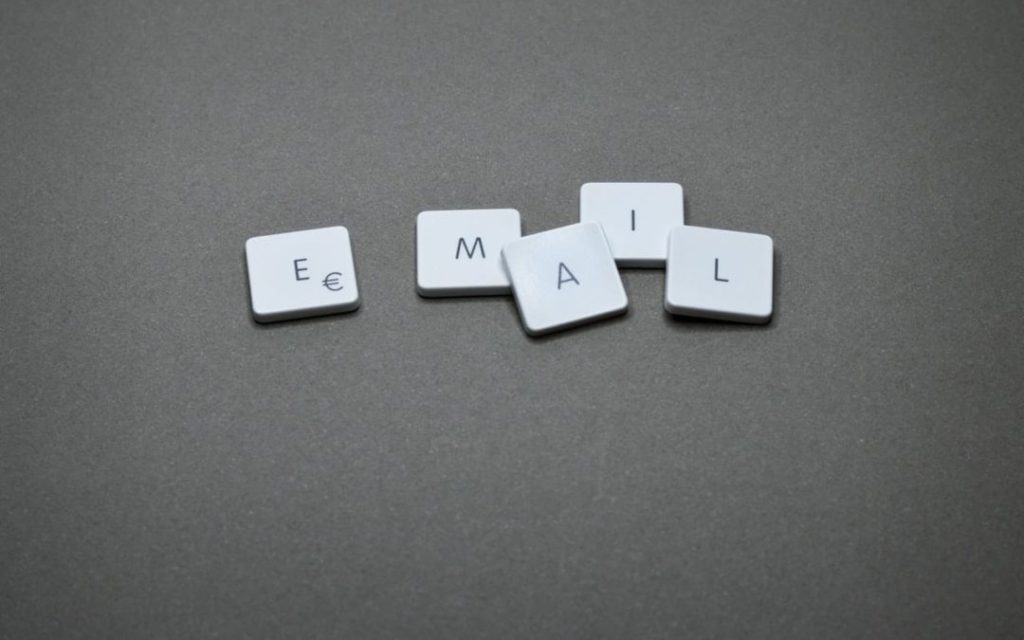Every day, the average office worker will receive 121 email messages. Top executives can easily get twice that number. It’s all part of an internet ecosystem that sees nearly 300 billion emails floating across cyberspace each day.
With all that email hitting inboxes, it is easy to think that cold email campaigns in the b2b space aren’t going to work. Yet, it does if it’s done right.
More than two-thirds of B2B marketers (79%) choose email as the single most effective distribution channel for demand gen efforts. Finding prospective B2B customers through email continues to be effective.

All the emails that are flying around the internet are not created equal or received with equal attention. More than half of the emails we get each day are deleted within seconds. Less than a dozen gets any significant attention.
If you want to increase the odds your B2B marketing emails get seen and read, try these cold email best practices that work as part of outbound email campaigns.
Table of Contents
ToggleCold Email Best-Practices that Work!
If you’re still doing a shotgun blast of a one-size-fits-all message to every qualified company, you’re probably one of those that thinks cold email doesn’t work. If you do it that way, it won’t. You’ve got to tailor your email by segmenting.

1. Segment Your Lists
Ditch the mass mailings and segment your outbound email campaigns into smaller groups based on specific criteria. Start by subdividing your list by industry and job role. This allows you to personalize your email messages to deliver a more relevant marketing message. A manager, for example, might be more interested in efficiency while a CFO would be more focused on ROI.
2. Skip The Formalities
Most of the people you’re emailing will see the first few lines on their phone or in the email program’s preview pane. If you don’t provide value in the first few sentences, your email is headed to the recycle bin.
Get to the point and focus on what you can do for them. Don’t waste time introducing yourself, your company, or your products. If they’re interested, they’ll click-through or go online and research.
3. Craft Your Subject Line
Anything that sounds like corporate-speak or marketing will get deleted. You want to write a subject line the way you would write an email to someone whom you’ve already established a relationship.

If possible, use the prospect’s name, company, or recent accomplishment in the subject line as long as it’s relevant. Just as there’s no reason to ever do a cold call, there is no reason to do cold emails either. With a few clicks, you can find out information about nearly any person or business and use that knowledge to create a contextual reason someone may want to click on your email.
Don’t make promises you can’t keep. If your subject line comes off like clickbait, you’re hurting your reputation.
4. Composing Your B2B Email
If you’ve crafted a subject line and first sentence that gets someone to open your email, congratulations! You’ve already beat the odds. Now, it’s time to compose the body of your email in a way that engages them right away and drives them towards your goal.
At the heart of successful B2B sales is pinpointing problems and getting prospects to believe your product can solve that problem. Find the pain. Eliminate the pain. An effective technique is to do just that.
Sophia Seltenreich from Yesware offers a few strategies:
Before-After-Bridge
- Before – How your world looks now
- After – Demonstrate how it would look once the problem is solved
- Bridge – How to accomplish it
Problem-Agitate-Solve
- Problem – Identify the pain
- Agitate – Agitate the pain
- Solve – Offer a solution
Star-Chain-Hook
- Star – Showcase a big idea
- Chain – Back up the idea with facts and sources
- Hook – Ask for the conversion
Awareness-Comprehension-Conviction-Action
- Awareness – Showcase the problem or situation
- Comprehension – Describe how to impacts them
- Conviction – Explain how your solution fixes things
- Action – Ask for the response
Try different strategies and approaches until you find the ones that work best for you. Using referrals, invitations to events, offering something for free, or using a mutual connection can all benefit your email.
5. Keep It Short
Keep it short. If it’s too long, B2B buyers may decide it’s not worth the time to read. Also, studies show shorter emails get better response times and faster responses.
6. Include a Strong Call to Action
You should have a specific goal in mind for each outbound email you send. Are you trying to get an appointment? Set up a product demo? Attend a webinar? Download a White Paper? Click through to a landing page? You’ll want to work backward from your end goal.
Every email needs to drive prospects through the customer journey to take a specific action. It’s more than just the button or CTA at the end. Each part of your email should provide the reason someone should click when they get to the end. Just as a story builds to a climax, your email should make it clear to the reader why they have to act. Then, ask them politely.
Avoid CTAs such as:
- Click here
- Download
- Sign Up
You’re asking the reader to do work. Instead, rephrase it in a way that shows the benefit they would receive.
- Get my discount coupon
- Learn the 5 ways to improve your ROI
- Get industry news every day
7. Include Complete Contact Information
You’d be amazed at how companies send emails and forget to include complete contact information. Name, business addresses, website, and phone number are a must. It’s also required by law.
8. Stay Legal
Each country or jurisdiction may have different regulations governing the use of email marketing campaigns. You’ll want to review Canada’s Anti-Spam Legislation (CASL) and the CAN-SPAM Act in the United States if your B2B email marketing campaigns are directed at businesses in these countries.
Most all require full contact information, including a physical or mailing address. You’ll also need to show accurate routing information that clearly identifies who’s sending the email. You must also provide a way for recipients to opt-out of additional messages and honor these requests promptly.
If you’re using a third-party delivery service, it’s still your responsibility to make sure they follow the rules as well.
9. Test & Optimize
Look at the emails you get each day. What makes you delete one and read the next? You’ll quickly identify the triggers that work for you. While it may not work for the next person, it will give you some insight into what motivations lead to action.
You’ll want to test variations in subject lines, wording, and offers to see which are most effective. A/B testing for campaigns is a great way to increase your CTRs for emails.
10. Follow-Up!
No matter how great your email is, it may get ignored. Be relentless in your follow-up tactics until the prospect tells you to stop or you determine it’s no longer a viable lead. Most sales occur after five or more attempts. Yet, most salespeople don’t make more than 1 or 2 attempts to follow-up.

When you do get a lead, follow-up fast! Companies that reached out to leads within an hour were 7 times more likely to have productive conversations.
Each Email Should Lead to the Next Step
You’re not going to convince a B2B buyer to purchase your product or solution in a cold email. Nearly half (47%) of B2B buyers view as many as 5 pieces of content before they’ll ever engage with a sales rep.
If they don’t make it past the first one, they’re not likely to engage. Use these best practices to craft outbound email campaigns that convert.











